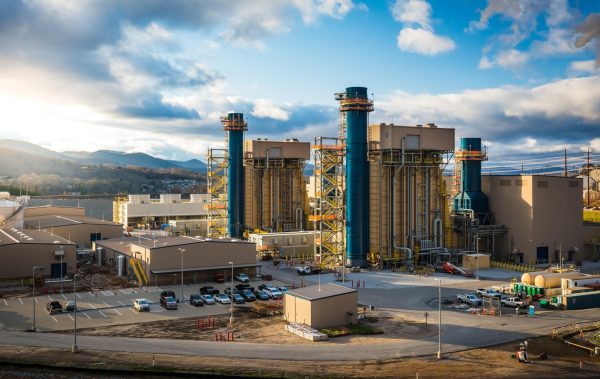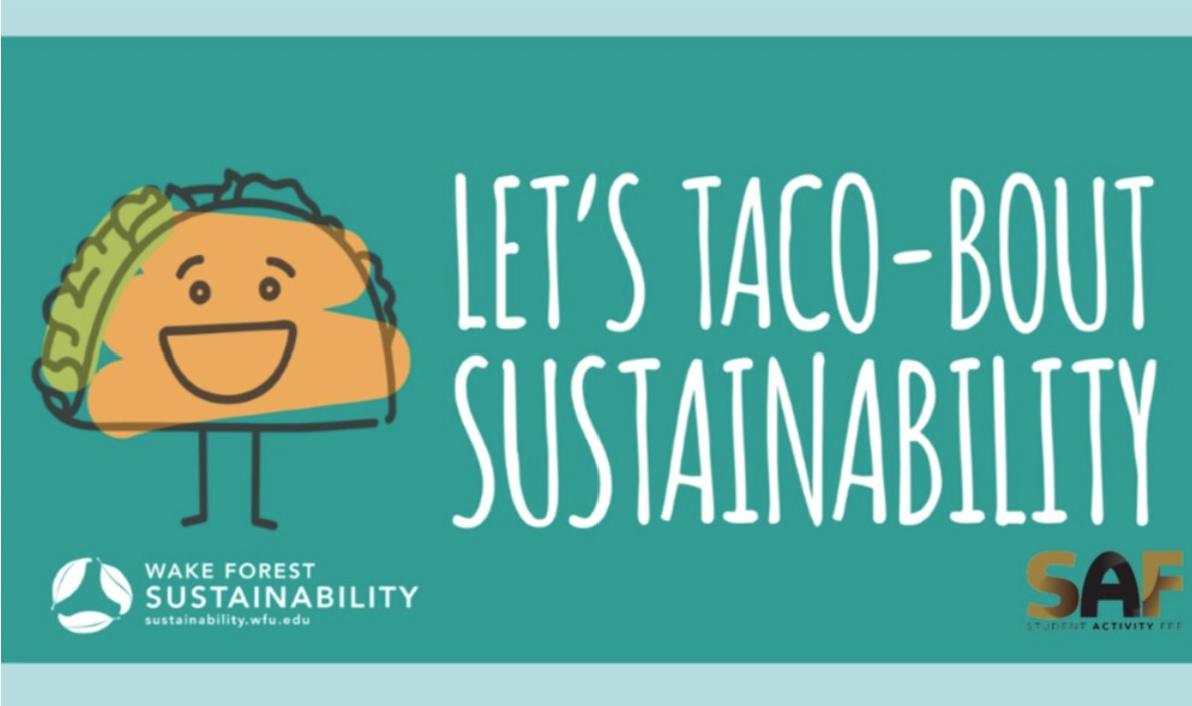In November 2021, Toyota announced the creation of a lithium-ion battery manufacturing plant in Liberty, NC to expand its supply of electrified and hybrid vehicles. The investment will total $13.9 billion and will house jobs for 5,100 employees. The site’s battery production is set to run entirely on renewable energy by its opening in 2025.
Similarly, in March 2022, VinFast Automotive selected Chatham County, NC as the location for its debut North American assembly and battery plant. The $4 billion investment is scheduled to create the most jobs in North Carolina’s history for an economic development project with 7,500.
When commenting on the new facility, NC Governor Roy Cooper said that the state “is quickly becoming the center of our country’s emerging clean energy economy,” and it shows. Electric vehicle (EV) builders have abundantly found a home in North Carolina since the start of the 2020s.
Between March 2021 and October 2023, several manufacturers — Arrival Automotive, Boom Supersonic, Wolfspeed Inc. and Forza XI — announced plans to construct facilities in Charlotte, Greensboro, Siler City and Marion. These companies produce various transportation alternatives including electric vans and buses, sustainably-fueled airliners, electric boats and EV battery-enhancing technology.
Along with EVs, Cooper postulates that North Carolina has been proactive in promoting itself as a primary tax-friendly domain for all green businesses — a partnership that is returning significant economic stimulation for the state in tax revenue, community development and job creation.
Legislation brings business
What is constituting such a flock? Legislation is certainly in the equation. In the context of the Inflation Reduction Act (IRA) and its creation of the Energy Infrastructure Reinvestment (EIR) program, sustainable hard asset investment has been thriving. Through the EIR, $5 billion in loans through Sep. 30, 2026, with a total cap of up to $250 billion, have been appropriated for “projects that retool, repower, repurpose or replace energy infrastructure.”
Additionally, the IRA established a clean energy financing program worth $40 billion for projects that qualify for the Energy Policy Act of 2005, which “calls for the development of grants, demonstration and testing initiatives and tax incentives that promote alternative fuels and advanced vehicles production and use.” The funding is aided by $3.6 billion in credit subsidies to support capitalizing costs.
Dr. Stan Meiburg, the executive director of Wake Forest’s Sabin Family Center for Environment and Sustainability believes that the IRA and state-specific legislation has made certain states, including North Carolina, more friendly to climate business.
“The Inflation Reduction Act has helped the climate business in Southeastern states,” Meiburg said. “Businesses like to face fewer regulations, and historically there have been fewer barriers to industrial activity in North Carolina than in some other states.”
What North Carolina has to offer
While North Carolina’s Department of Environmental Quality has set its goals to reduce electric power sector greenhouse gas emissions by 70% below 2005 levels by 2030 and attain carbon neutrality by 2050, much of the investment attraction is in the state’s commitment to cost savers. North Carolina has instituted rebates and low interest loans on energy-efficient projects and equipment, renewable energy certificates (RECs) and property tax discounts on solar energy electric systems. For example, $130 million of Boom Supersonic’s new $500 million facility is supported by government incentives.

There is no shortage of geographic potential either. According to the Economic Development Partnership of North Carolina, NC ranks No. 1 in offshore wind energy potential on the East Coast, in the top five nationwide for electricity production from nuclear power and No. 4 out of all states for installed solar capacity — holding over 8,500 megawatts in service. Although the state’s power grid controller Duke Energy — which operates a state-enforced monopoly regulated by the North Carolina Utilities Commission — has positioned itself against many independent power projects and favored a more gradual energy transition, it does have an updated Carbon Plan in which the company commits to phasing out coal by 2035. This better aligns with North Carolina’s clean energy laws under least-cost and reliability mandates.
Will Eley, green jobs program manager at the Piedmont Environmental Alliance, discussed the pressure that citizens have placed on Duke Energy to transition away from fossil fuels.
“The environmental community is always pushing Duke [Energy] to strengthen their commitments to a rapid, just transition to clean energy,” Eley stated. “Despite recent impediments, progress is still happening. We are excited about [Duke Energy’s] forthcoming ‘tariffed on-bill’ efficiency program and their PowerPair solar+battery rebates,” which are designed to upgrade energy effectiveness and benefit installers of solar/battery systems in the minimization of additional power plants, respectively.
The “intangible” factors
Meiburg also suggests that there are several additional components to environmental initiatives that factor into location choices.
“Many states offer similar incentives packages, and ultimate investment decisions can depend on the state’s business climate and other intangible factors, such as the quality of an area’s environment,” Meiburg noted. “Traditional factors such as workforce availability, education systems, land and housing costs, utility costs and transportation infrastructure [are also relevant considerations].”
In addition to its wave of green investments, North Carolina has been named CNBC’s No. 1 state for business for the last two years. Workforce, the ranking’s heaviest-weighted metric — which North Carolina sits at No. 1 in — is evaluated by the availability of skilled workers, specifically regarding STEM personnel, workers with college degrees and industry-recognized certificates, right-to-work laws and worker productivity based on economic output per job.
Increasingly, North Carolinian employers are receiving funding to enhance training programs for the clean energy workforce. The U.S. Department of Commerce issued two Good Jobs Challenge grants of $23.7 million to North Carolina A&T State University and $11 million to Hampton Roads Workforce in August 2022. The Halifax Lighthouse Solar Camp, training high school students to work in solar and wind energy jobs began in May 2021. All of these subsidies contribute to North Carolina’s initiative to expand its specialized capabilities with green projects.
Beyond the workplace, investors and employees alike are appreciating North Carolina’s standard of living. According to the Council for Community & Economic Research (C2ER), North Carolina’s cost of living index — compiling housing, utilities, grocery items, transportation, health care and miscellaneous goods and services — stands at 96.1, which is 3.9% below the national average.
Concerning schooling, U.S. News & World Report ranked North Carolina No. 3 out of all Southeastern states in its general education index, and No. 9 overall out of the 50 states in higher education. Only Florida is ranked higher from the region in the latter.
People want to and are moving to North Carolina with their businesses, and having the third highest net domestic migration out of the 50 states between 2020-2023 shows it. The Tar Heel State has transcended its age of tobacco and textiles and, if it continues to act diligently in accordance with the seemingly immutable trend towards all things green-powered — a payoff could be near and major.













